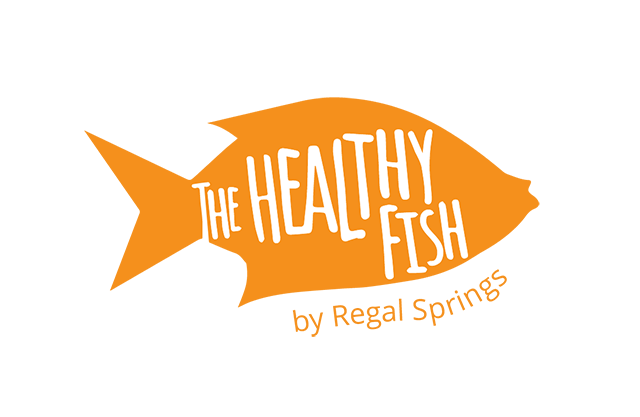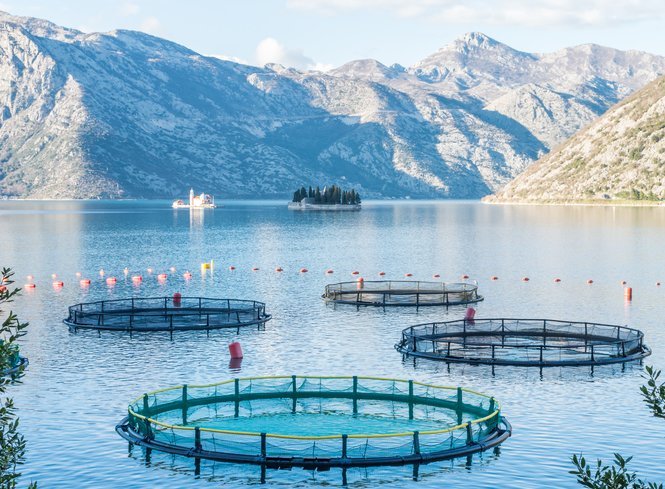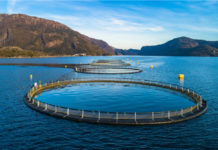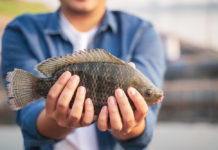Is aquaculture good or bad? It can be hard to get a straight, truth-based answer to this question. We reviewed recent scientific information about aquaculture to break through the misinformation—and what we found might surprise you.
We’ve busted some common myths about aquaculture and its supposed dangers, and provide you with the proof that it’s actually a responsible solution for the present and future.
Myth: Aquaculture is Dangerous for the Environment
Some countries, such as Thailand and China, don’t regulate their fish farms. That does cause problems. However, seafood farms in most countries follow a strict set of regulations imposed by both government environmental legislation and independent certifications. These requirements ensure that the environment is not only protected, but also preserved. This includes (but isn’t limited to) fish farms in Europe and America.
Furthermore, responsible aquaculture can have a positive impact on the world. Some examples are cleaning the water that runs through local ecosystems, using renewable resources and eliminating trash through zero-waste policies. By choosing seafood from one of the above countries, you’re actually helping the environment rather than hurting it.
Myth: Farmed Seafood is Bad for You

Believe it or not, farmed fish are often better for you than wild fish. That’s because they’re protected from pollutants and chemicals like mercury that may be found in uncontrolled aquatic environments. Most fish are raised in clean farms that strive to produce healthy fish.
Fish that are raised in esteemed aquaculture facilities are fed a diet of US-grown grains and raised in floating pens. In addition to being mercury and chemical-free, they are also raised without the use of antibiotics. Wild fish may contain traces of mercury and other chemicals. Eating fish raised in responsible aquaculture facilities is the best way to ensure you’re eating a clean, nutritious fish with no unknown additives.
Myth: Aquaculture is Irresponsible

It’s actually the amount of wild fish we’re eating that’s unsustainable. There’s currently a large gap in the demand and supply of wild seafood. That means that some types of seafood are being overfished to the point of being endangered.
Researchers with The World Bank have found that the only way to meet the global demand for seafood is by ensuring that half the world’s fish supply comes from responsible methods of aquaculture by 2030. Instead of being irresponsible, aquaculture is actually sustaining the world’s fish supply.
Unsure of where to get responsibly-raised seafood? Check out our list of chain grocery stores that are committed to selling farmed seafood that’s both healthy and responsibly farmed.
Photo credits: Ranko Maras / Shutterstock.com, Mati Nitibhon / Shutterstock.com, GOLFX / Shutterstock.com






